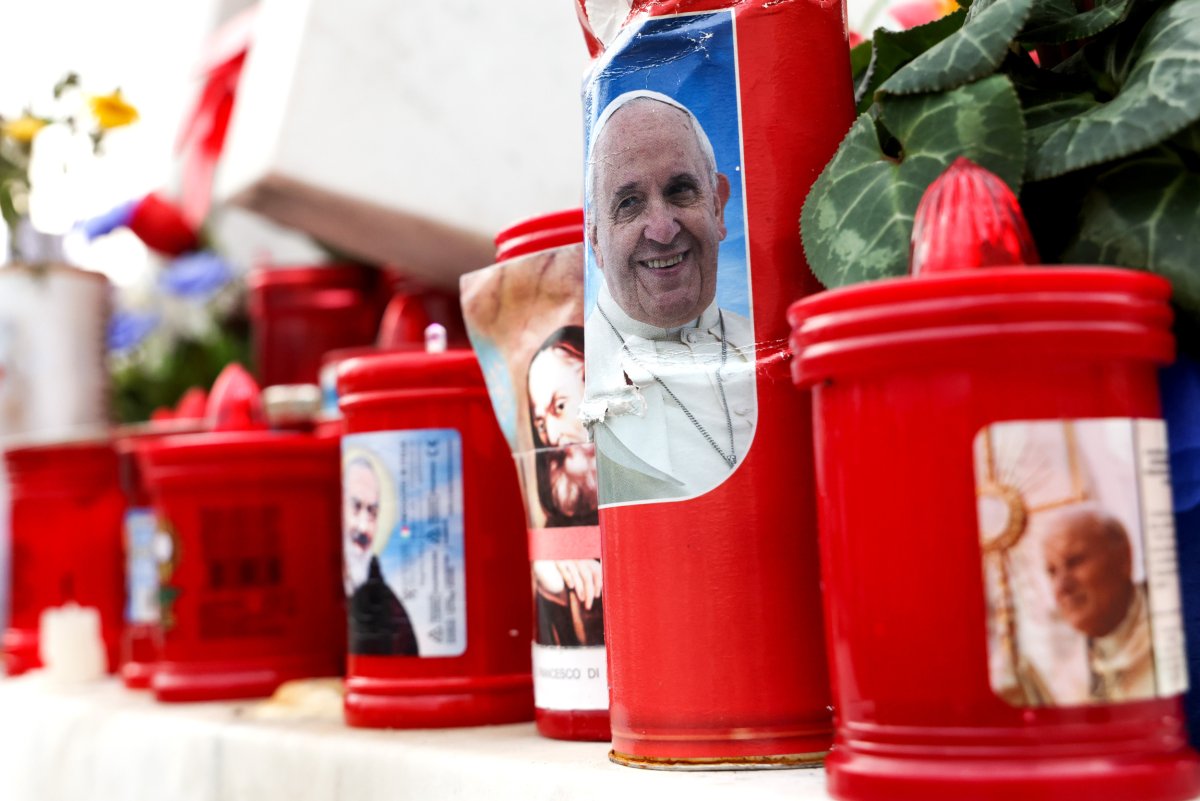Pope Francis’s latest medical update, which was released on Sunday by the Holy See Press Office indicates that the condition of the pontiff has stabilized.
According to Vatican officials, Pope Francis, 88 years old, has not needed non-invasive ventilation. He only requires supplemental high flow oxygenation.
Context
Pope Francis entered the hospital in February after doctors discovered a polymicrobial infection of his respiratory tract, which developed later into pneumonia. The fact that he has a history of respiratory problems, which includes the removal of a part of his lung in childhood due to pleurisy, complicates his present medical condition. It is important to note that the ongoing hospitalization of Pope Francis has implications on leadership continuity in the Vatican. This is especially true during the liturgical seasons.
You Should Know
In a statement released on Sunday, the Vatican assured that there were “no obvious direct effects” from Friday’s isolated episode of bronchospasm. It refers to a prior incident when Pope Francis suffered a bronchial spasm which led to vomit inhalation and the temporary requirement for mechanical ventilation. In the statement, it is indicated that Pope Francis recovered from this specific incident.
Vatican reported also that Holy Father attended Mass on Sunday morning, “together with the people who were caring for him in these hospitalization days” and then “he alternated between resting and praying.” The level of involvement suggests that the Pope is recovering. Vatican officials have tempered their optimism, stating “the possibility of the Pope’s health deteriorating remains.”
The People Say
Pope Francis expresses gratitude via X (formerly Twitter). I would like to say thank you to all of your faithful people for their prayers. I feel all your affection and closeness, and, at this particular time, I feel as if I am ‘carried’ and supported by all God’s people.” This message emphasizes the worldwide support that the Pope receives during his hospitalization.
In a press release, the Vatican stated: The prognosis is guarded, given the complexity of clinical data.” The cautious attitude of the Pope’s team is reflected in this statement.

Franco Origlia/Getty Images
What happens next?
Catholics continue to pray for Pope Francis’s complete recovery. The Holy Year of the Vatican is a time when many faithful will be traveling to Rome. Many are concerned about how the Pope can lead and take part in the Easter celebrations, particularly given the recent challenges he has faced and Holy Week. It is unclear what the Vatican plans to do for papal leadership at Easter.


